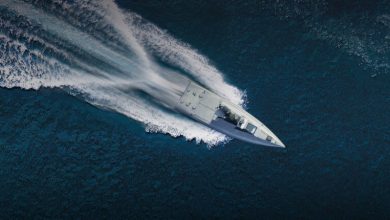Denmark to Buy 16 More US-Made F-35 Fighters After Drone Flights

Denmark will buy another 16 F-35 fighter jets from the United States, its defense minister said Friday, two weeks after unidentified drones intruded into the Scandinavian country’s airspace.
Copenhagen will also buy anti-drone defenses worth some 2.1 billion kroner ($320,000 million), after the flights, including over military installations, prompted politicians to point the finger at Russia.
The purchase announcement however also comes as EU countries weigh up whether to replace the US-made planes with European alternatives.
“We have reached a political agreement to acquire 16 additional F-35 fighter jets… so that we will have more operational fighter jets in the future,” Troels Lund Poulsen told a press conference.
The purchase, which will bring the number of F-35s in the Danish air force to 43, is set to cost 29 billion kroner ($4.5 billion).
Denmark — which is accused of Washington of not doing enough to secure the Arctic region — also said it will pour billions more into security for both the polar region and the north Atlantic.
The purchase from the United States comes following President Donald Trump‘s repeated comments on acquiring Greenland, an autonomous Danish territory located in a strategic region.





